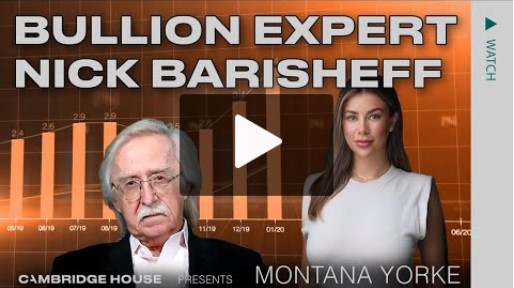The Extinction of Gold Derivatives
The comments below are an edited and abridged synopsis of an article by Alasdair Macleod
It is the fiftieth anniversary of the Bretton Woods agreement being suspended, and the expansion of commercial banking into credit for purely financial activities became central to the promotion of the US dollar as the international replacement for gold.
With the introduction of Basel III, commercial banking enters a new era of diminishing involvement in derivatives. The nominal value of all derivatives at the end of 2020 amounted to seven times world GDP. While we can obsess about the effect on precious metals markets, they are just a small part of the Basel III picture.
Gold, however, remains central to global money and credit, and the effect on the gold market should concern us all. In this article, Macleod quantifies gold forwards and futures derivatives to estimate the effect of reversing anti-gold policies that date back to 1971.
We are considering nothing less than the effect of ending fifty years of gold price suppression. Through leases, swaps and loans, central banks have fed physical bullion into derivative markets to keep the price from rising and thus breaking the banks, which are always short of synthetic gold for their customers.
To summarize, bullion banks withdrawing from derivative markets is bound to create replacement demand for physical gold that can only drive up the price and further undermine fragile confidence in fiat currencies at a time of rapidly increasing monetary inflation.
Up for discussion: Introduction; gold derivatives; availability of physical gold in London; regulated gold futures contracts; central bank gold leasing could become a major issue; a brief note on silver; and conclusion.


